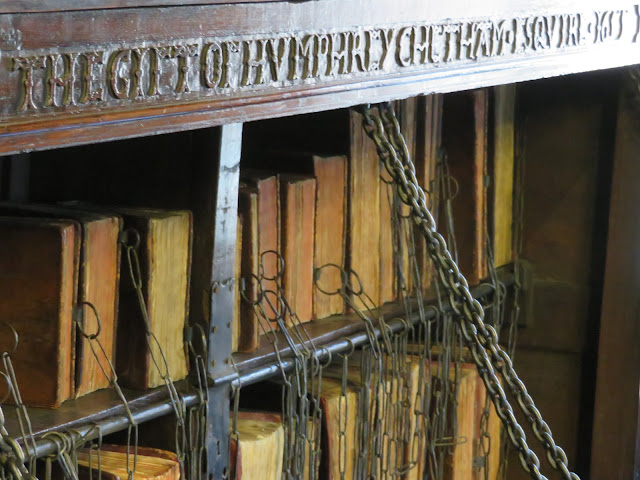Whilst we waited for the confirmation of our passage back down the Manchester Ship Canal we couldn't really leave Castlefield so had to fill our time with doing something. More culture was the answer.
We walked towards the Northern Quarter and passed the Science Museum again. This beautiful building is looking a little careworn at the moment but was originally built as Lower Campfield Market. Not far away is upper Campfield Market. Currently the Lower one is used the Air and Space Hall for the Science Museum, but apparently, in the fullness of time, this will be handed back to the Council who own both buildings. Plans are afoot to overhaul the glass and wood buildings and convert to a street food and craft stall type area. The Lower Market will then become a 'space' or 'Laboratory Hub' for creatives with studio/artisan places for artists, designers and digital innovators! The modern building between the two will be demolished and the two imaginatively linked. Should be interesting.
The objective of our walk was the Peoples History Museum, or as previously known, the National Museum of Labour History, in the revamped Spinningfields area. It is housed in a former Hydraulic Pumping/power station and is Grade II Listed. The museum houses a collection of all things collected with Labour Movements from Trades Union banners to suffragette memorabilia and much in between. There is also a good cafe too. However I didn't take any pictures, so you will have to go for yourself. We were there about 90 minutes, and found it interesting.
We were then off to Chetham's Library for a tour. They have four or five every day. Chethams is the oldest free public reference library in the UK, and was established in 1653, the year that Humphrey Chetham died. He left a sum of money in his will to establish. This is the oldest part of the Library.
All the shelves are original and I loved that the stools for readers to sit are also original, and all still in place.
This freize in the reading room sits above the portrait of Chetham. He was single and a very studious man with religious leanings. You can see the pillars and centre piece are standing on books.
Part of what would now be called the 'outreach' programme was to present several local churches with a chest of religious books for study in the church. He wasn't so daft as to just leave to their fate, as although few could read at the time, most knew the value of a book, and if they hadn't been chained to the cupboard we would not have them today. I believe this is the only complete one with the original books.
I love the original chains that were fixed to the back cover of the book, rather than the spine so as to not damage them.
Also in the reading room is this window filled alcove and it is where Karl Marx and Frederich Engles met in 1845, and did their research, as it was free, before releasing their Communist Manifesto to the world. The books on the table are copies of the ones that they used for reference.
The library was placed upstairs in the building to be away from the damp. Originally all the books were chained to prevent theft but this was very cumbersome so in the mid 1700's they did away with them and put these gates on the alcoves instead.
The library holds 100,000 books, or which 60,000 were purchased before 1851. There is a large collection of very early printed books, periodicals and journals and a good section on local history and interests.
On the ends of the alcoves are the topics and alphabetical order however originally placed just in size order. The first catalogue of books did not come until 1791 when the size and subject of each book was recorded, in Latin! Chetham's is still an independent charity and is still free, although you do have to give a days notice. It is linked with a music school these days. It is a tour that is well worth going on, especially as it is free.










No comments:
Post a Comment